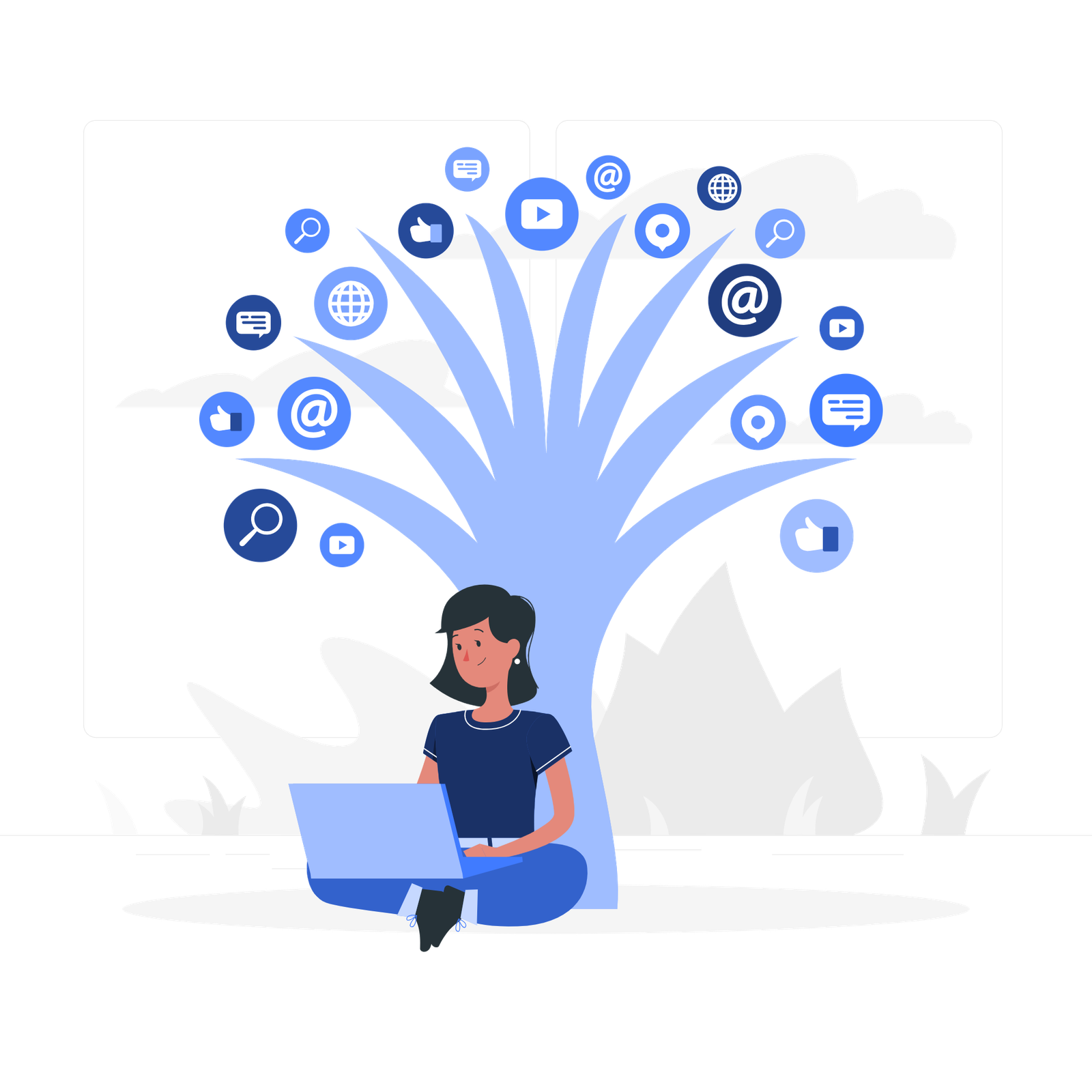What is IoT?
Imagine if all your devices could communicate with each other and work together to make your life easier. That's essentially what the Internet of Things (IoT) does. IoT refers to the network of physical objects—“things”—that are embedded with sensors, software, and other technologies with the aim of connecting and exchanging data with other devices and systems over the internet.
Examples of IoT Devices
Let’s dive into some real-life examples of IoT devices you might encounter:
- Smart Thermostats: These devices learn your heating and cooling preferences and automatically adjust the temperature to keep your home comfortable while saving energy.
- Smart Lights: You can control these lights using your smartphone or voice commands. They can be programmed to change colors, dim, or turn on and off at specific times, making your home more convenient and energy-efficient.
- Fitness Trackers: These wearable devices monitor your physical activity, heart rate, and sleep patterns. They help you stay active and maintain a healthy lifestyle by providing insights and reminders.
- Smart Refrigerators: These fridges can keep track of the food inside, alert you when you're running low on certain items, and even suggest recipes based on what you have available.

Importance of IoT
IoT is important because it significantly enhances the efficiency and convenience of everyday life. Here’s why:
- Saves Time: IoT devices can automate routine tasks. For example, smart lights can turn off automatically when you leave the room, or your coffee maker can start brewing as soon as you wake up.
- Saves Energy: IoT devices help reduce energy consumption by optimizing usage. For instance, smart thermostats adjust the heating or cooling based on your schedule and preferences, saving both energy and money.
- Improves Health: Fitness trackers and other health-related IoT devices monitor your health metrics and provide feedback to help you stay fit and healthy. They can remind you to exercise, track your sleep, and even alert you to potential health issues.
The Advancement of IoT
The field of IoT is constantly evolving and improving. Here’s how:
- Better Connectivity: With advancements in internet speeds and the rollout of 5G, IoT devices can connect and communicate more efficiently and effectively.
- Smarter Devices: IoT devices are becoming more intelligent, thanks to advancements in artificial intelligence and machine learning. These devices can learn from your behavior and preferences to provide better and more personalized services.
- Broader Applications: IoT is expanding beyond homes and into industries such as healthcare, transportation, and agriculture. For example, smart cities use IoT technology to manage traffic flow and reduce energy consumption, while smart agriculture uses IoT to monitor soil conditions and optimize crop production.
Imagine a future where your car communicates with traffic lights to find the fastest route, or your school uses smart technology to manage energy consumption and create a more comfortable learning environment. That’s the potential of IoT!
Conclusion
The Internet of Things (IoT) is revolutionizing the way we live by connecting everyday objects to the internet and to each other. From smart thermostats and lights to fitness trackers and refrigerators, these devices make our lives more convenient, efficient, and healthier. As IoT technology continues to advance, we can expect even more innovative applications that will further enhance our daily lives. So next time you use a smart device, remember that it's part of the exciting IoT world, working to make your life better and more connected.





